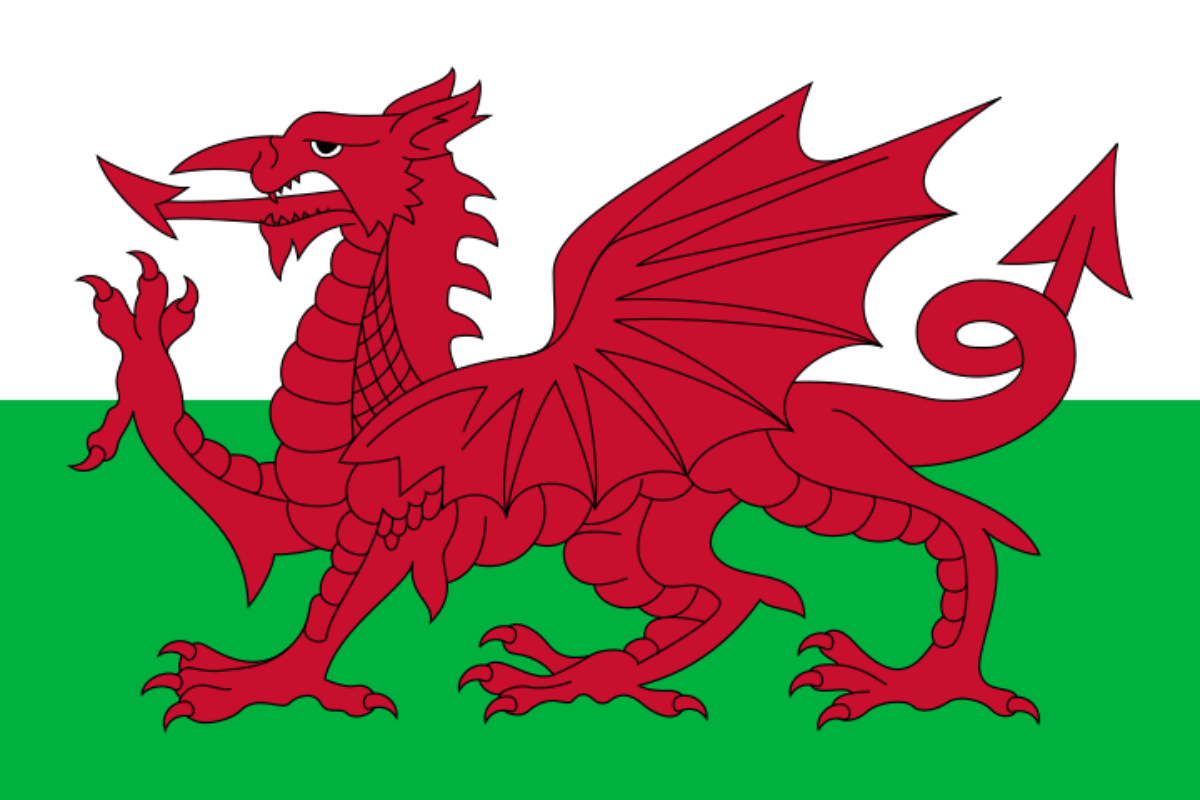The national flower of Wales is the daffodil, a symbol steeped in cultural significance and recognized for its vibrant yellow petals. Traditionally worn on St. David’s Day, the daffodil, or ‘Cenhinen Pedr’ in Welsh, symbolizes national pride. Its prominence in Wales distinguishes it from its common presence in other parts of the world.
Daffodils, with their vibrant yellow blooms, are not just a common sight in the Welsh countryside during spring and summer; they embody the essence of Wales in both tangible and symbolic forms.
These flowers represent more than natural beauty; they are intertwined with aspects of Welsh heritage and identity.
As we delve deeper, we uncover the layers of meaning behind this emblematic flower.
Let’s get started!

What is the national flower of Wales?
The national flower of Wales is the daffodil, a symbol of national pride deeply rooted in Welsh culture.
While its official status as a national symbol isn’t precisely dated, its association with Wales, especially during St. David’s Day celebrations, has been significant since at least the 19th century.
Botanically known as part of the Narcissus genus, daffodils are characterized by their six petal-like tepals and a central trumpet-shaped corona, typically in vibrant yellow.
This genus includes a wide array of species and varieties, making the daffodil a diverse and adaptable flower.
Historically, daffodils originate from the woods and meadows of southern Europe and North Africa.
They gained widespread popularity in Europe by the 16th century and were a cultivated crop by the 10th century.
This extensive cultivation led to the numerous varieties we see today.
The Welsh daffodil, distinguishable by its pale yellow petals and a more slender, teardrop-shaped profile, stands out among these varieties.
Typically smaller than commercial types, a true Welsh daffodil averages about 35cm in height and 4-6cm in diameter.
Despite its local nomenclature, it is found throughout Western Europe.
Why is the daffodil the national flower of Wales?
The daffodil’s status as the national flower of Wales is deeply intertwined with its cultural and historical significance.
Its widespread presence in the Welsh countryside, especially during spring, symbolizes the nation’s natural beauty and heralds the arrival of spring.
Significantly, daffodils bloom around St. David’s Day on March 1st, a national day of celebration in Wales, further solidifying their cultural importance.
On this day, it’s customary for the Welsh to adorn themselves with these flowers, embracing their symbolism of renewal and national pride.
While the daffodil and the leek both serve as national symbols of Wales, the daffodil’s visual appeal and its blooming during a key national holiday have contributed to its prominent status.
This flower represents not just the scenic landscapes of Wales but also embodies aspects of Welsh heritage, seamlessly blending the nation’s natural and cultural identity.
When Did the Daffodil Become a Symbol of Wales?
The daffodil’s rise as a symbol of Wales is intertwined with the nation’s history and cultural evolution.
While the exact origins of its symbolic association are not precisely dated, it gained significant prominence by the 19th and 20th centuries.
This period saw a rise in the planting of daffodils in Wales, coinciding with St. David’s Day celebrations.
The flower’s peak blooming in early spring, around March 1st, has further cemented its status as a national emblem over time.
Where did daffodils originally come from?
Daffodils, belonging to the genus Narcissus, have their origins in Europe and North Africa.
The precise starting point of the species is challenging to pinpoint due to its wide historical distribution.
It is theorized that they may have spread from North Africa into Europe.
Over time, these flowers have adapted to various environments and have diversified into numerous species.
Today, there are about 36 recognized species of daffodils, each adapted to its unique habitat, making the daffodil a versatile flower both in its native regions and globally
How did daffodils come to Britain?
The journey of daffodils to Britain is a topic of historical interest.
While it’s possible that daffodils were native to Britain, one popular theory suggests that the Romans introduced them during their rule.
The Romans are known to have valued the daffodil, possibly for its perceived medicinal properties.
The earliest definitive evidence of daffodils in Britain dates back to this period.
Though the Romans’ influence in Wales was limited, the natural spread of the daffodil across the region is evident.
The daffodil, in its simplicity, resonates deeply with people in Wales and beyond.
This unassuming flower has transcended its botanical roots to become a potent emblem of Welsh national identity.
Its enduring appeal lies not just in its aesthetic charm but also in its embodiment of historical traditions and the collective consciousness of Wales.
As a symbol woven into the fabric of Welsh heritage, the daffodil stands as a timeless representation of national pride and is likely to continue being cherished as Wales’ national floral emblem for generations to come.

